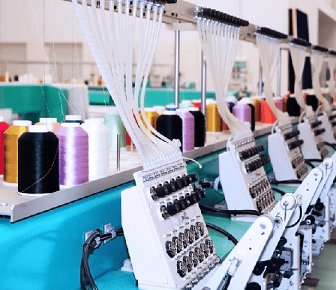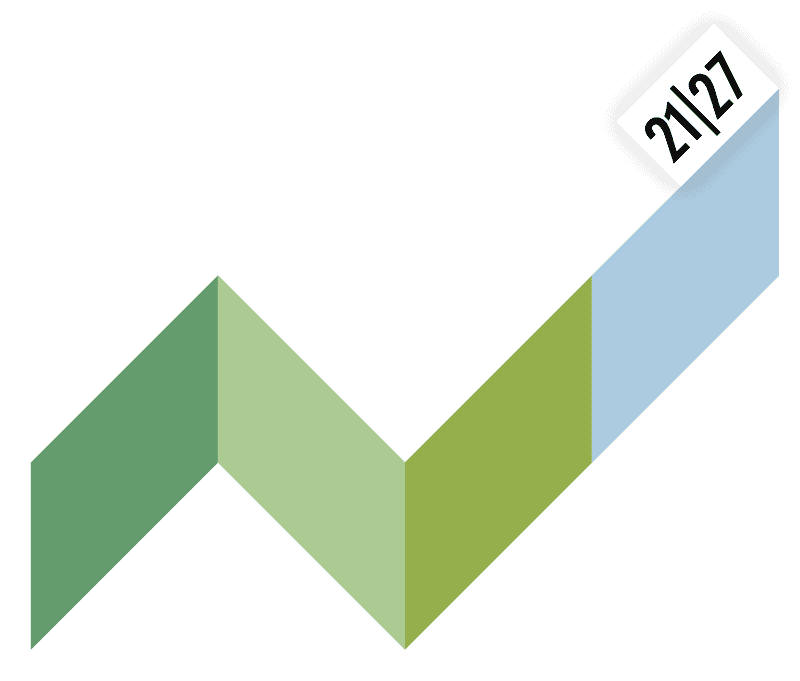Within this roadmap, the 4th industrial sector deemed relevant in the Cradle-ALP project is addressed: textiles. While noticeably smaller than other industries, the contribution of the textile sector in Europe, in terms of labor, turnover and waste is significant enough to take a closer look at it. Particularly noticeable is the amount of waste when it comes to textiles that have made it into the European market but are discarded before ever being sold to a consumer: up to 9% or 600 000 tons of textiles are essentially produced for landfills as they never make it across the counter before being thrown away.
Why we shouldn’t give up on textiles
Especially in Europe, it seems like the issue is easily pushed to someone else, somewhere else: production is often not local, there is nothing we can do, we have no control over the conditions the textiles are made in, and it is difficult to sort material we do not have any details on. While all of this is true, it is also a very one-sided way of looking at the current state of textiles and the European textile industry.
The EU holds a strong advantage over other regions in specialized, high-quality textile production that incorporates new materials. Additionally, directives such as the Waste Framework Directive or the Extended Producer Responsibility (EPR) lay the groundwork for fairer, more sustainable and more mindful production and sets the EU apart from well-known global competitors in the textile industry.
The Cradle-ALP Textile Roadmap
The Cradle-ALP textile roadmap aims to transition to a circular economy by 2035. It guides SMEs to redesign processes for positive social, economic, and environmental impact, with short-term (2024-2025), mid-term (2026-2028), and long-term (2029-2033) goals. The goals are laid along the following three major axes: Technology and Innovation, Business Model Innovation and Policy and Regulatory Frameworks. These three guiding areas were looked at in detail to determine how the transformation of industrial practices towards circular economy can be fostered. This includes the substitution of materials with bio-based and/or recyclable alternatives. Through workshops with experts in the textile field measures and suggestions were collected that have been then summarized in the roadmap.
The focus identified in technologies and innovation should be put on research and development as there are still many hurdles currently that hinder effective sorting, use of new materials and a realistic switch to zero-waste textiles. When it comes to legislative levers that should be utilized, funding for said technologies should be provided as well as an overall financial inventive towards sustainable textiles and away from the fast-fashion mindset. A big topic when it came to business model was the need for logistics and infrastructure as well as the utilization of new or mono materials. The detailed roadmap showing these suggestions within the time-axis of implementation can be found here: Roadmap Textile.



